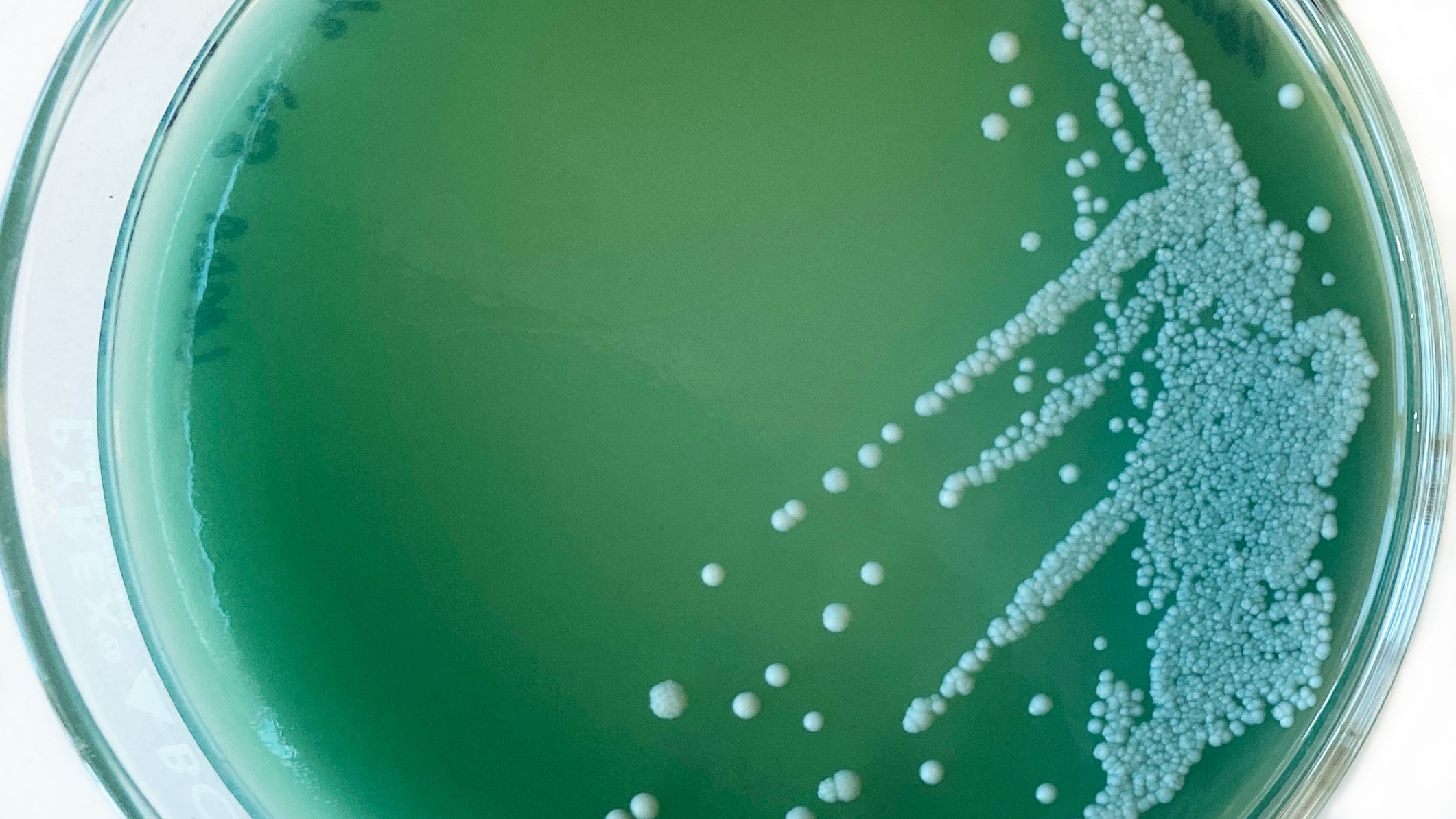In microbiology, media refers to a substrate that microorganisms can grow in or on. Microbiological media (aka: culture media) contains all the necessary ingredients to support the growth of microorganisms including a food source and other essential nutrients. Media falls into three categories: growth media, selective media, and differential media.
Growth media provides the nutrients needed for fungus, mold, or bacteria to reproduce. You can think of it as an equal-opportunity micro buffet. Organisms that are present in the sample produce colonies, and the total number of colonies are counted. A growth medium commonly used in the brewing industry is Yeast Extract-Peptone-Dextrose (YPD).
Selective media contains an ingredient that prevents some organisms from growing. Cycloheximide is a common ingredient added to media that prevents the growth of brewers yeast. Bacteria, and some wild yeast, are not affected by cycloheximide and will grow on the media. Hsu’s Lactobacillus and Pediococcus (HLP) is used to test for the presence of lactic acid bacteria. (Note: cycloheximide is toxic and media containing cycloheximide should be prepared under a chemical fume hood.)

HLP is a semi-solid media that is poured into a test tube instead of a petri dish before inoculating. The test tube on the left is the negative control, and the test tube on the right is the positive control with bacterial colonies clearly visible. Positive and negative controls are important to include when using any microbiological media.
Differential media contains an ingredient that visibly changes in the presence of certain organisms. For example, the addition of a pH indicator helps differentiate colonies made by acid-producing bacteria from colonies that do not produce acid. Lee’s Multi-Differential Agar (LMDA) contains a pH indicator, bromocresol green, that turns yellow in the presence of lactic acid bacteria. Cycloheximide can be added to LMDA to make it both selective and differential.
There are many different types of media available to brewers, and it’s easy to get overwhelmed by the options. We recommend starting small and building your micro program gradually. With the proper safety precautions in place, HLP is a great place to start! HLP kits can also be purchased through the QC2 Lab and many other sources online. If you’re short on time, or haven’t been able to invest in a microscope and plating supplies, the QC2 Lab also offers plating services.


Leave a comment